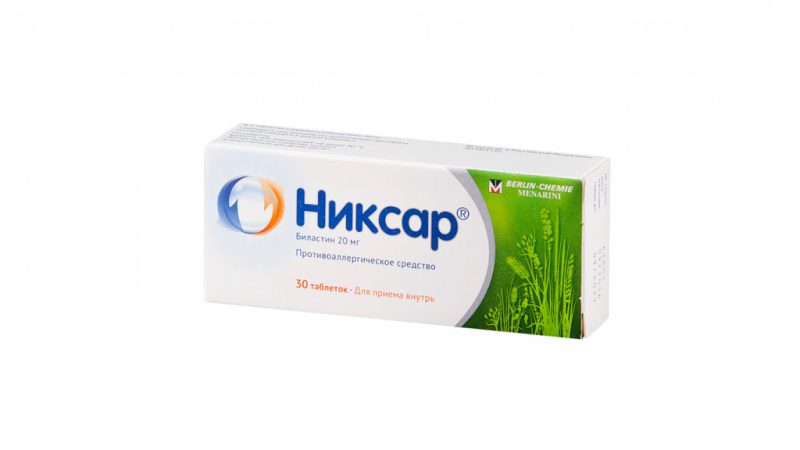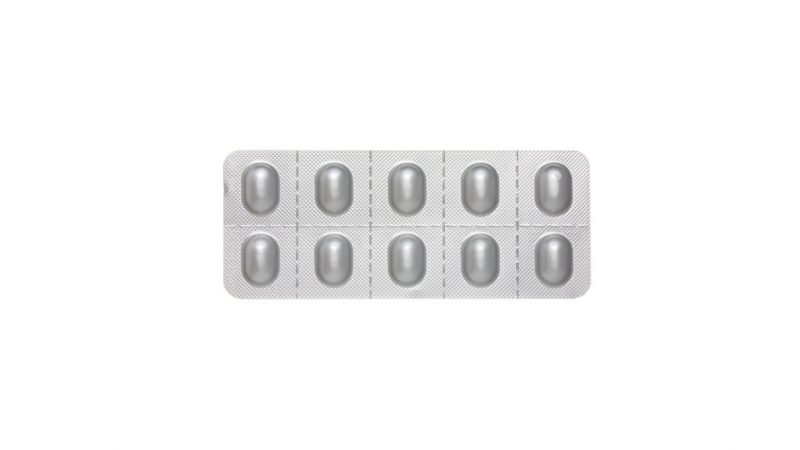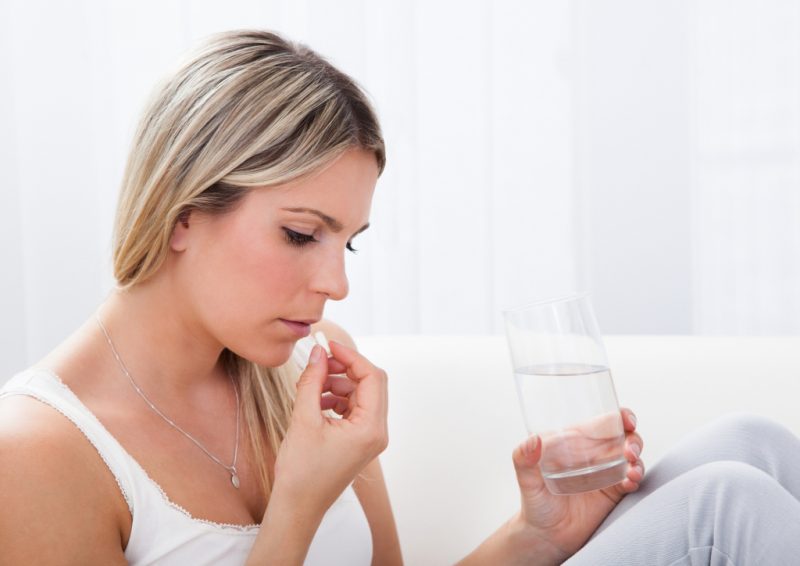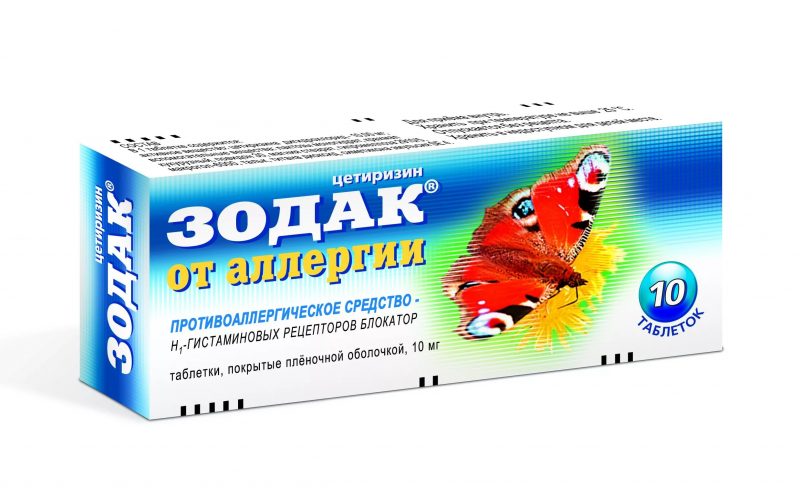The Spanish drug Nixar in the instructions for use is presented as one of the powerful specific medicines among the 2nd generation anti-allergic drugs, which has a quick action and proven effectiveness in eliminating the manifestations of urticaria, allergic rhinitis and conjunctivitis, including undulating, acute and sluggish forms.
An allergy nixar is characterized by increased safety, a low likelihood of interacting with other drugs and a lack of ability to enhance the effect of alcohol.
Material Content:
- 1 Composition (active substance)
- 2 Pharmacological action, pharmacodynamics and pharmacokinetics
- 3 Why is the drug prescribed?
- 4 Instructions for use Nixar tablets for adults and children
- 5 During pregnancy and lactation
- 6 Drug interaction
- 7 Nixar Alcohol Compatibility
- 8 Contraindications, side effects and overdose
- 9 Allergy drug analogues
Composition (active substance)
Nixar’s active therapeutic base is the antihistamine bilastine, which selectively blocks H1 receptors.
The drug is produced in the form of white oval tablets containing 20.00 mg of bilastine and formative auxiliary components. A dividing groove is applied on one side of the tablet. In one plastic cell blister, 10 units of tablets, in a package of 30 units.
Pharmacological action, pharmacodynamics and pharmacokinetics
The mechanism of action of Nixar is to selectively block H1-histamine histamine receptors. Unlike other representatives of the group of antihistamines, the medication shows the highest degree of occupation of this particular type of receptors against the background of very little effect on others.In this regard, the treating substance in Nyxar is three times superior to cetirizine and five times superior to fexofenadine.
Due to this, the medication:
- prevents the occurrence and alleviates the symptoms of acute allergies, including dangerous anaphylactic reactions;
- prevents spasm and vasoconstriction caused by allergens, reduces the permeability of the vascular walls for the penetration of allergens and inflammatory hormone-like substances through them;
- exhibits anti-inflammatory activity due to inhibition of the release of histamine, cytokine proteins and interleukin-4, which provoke inflammatory phenomena.
The therapeutic effect develops within 30-60 minutes and lasts about 24-26 hours.
Additional advantages of Nixar is that it is an anti-allergic pharmaceutical agent:
- does not cause sedation (daytime sleepiness) and neurological disorders, due to the fact that the transport P-glycoprotein prevents bilastine from crossing the blood-brain barrier and penetrating the brain;
- does not show toxic effects on heart tissue;
- does not violate psychomotor functions;
- does not show anticholinergic activity (does not cause constipation, visual disturbances, tachycardia, increased intraocular pressure, sexual problems);
- does not cause lengthening of the QT interval on the cardiogram;
- does not provoke malignant transformations in cells.
Bilastine is actively absorbed, reaching the highest plasma concentration after 60 - 70 minutes. Food reduces the amount of the treating substance reaching the pathological focus by one third (bioavailability).
It has been established that the accumulation of the active component in the blood and tissues does not occur, although it is rather slowly removed from the body. At the same time, almost 70% of bilastine leaves with bile during bowel movements, and 30 - 33% - with urine.
The half-life of a therapeutic substance is 14.5 hours, which determines its long-term therapeutic effect and the possibility of a single use per day. But even with severe renal impairment, when excretion of bilastine slows down, its concentration is not dangerous for patients with renal failure and does not require a reduction in the therapeutic dose.
Liver diseases also do not affect the process of removing bilastine from the body, since the substance undergoes only minimal processing in the liver.
Why is the drug prescribed?
Nixar allergy tablets without sedation are prescribed for single and long-term use to patients over 12 years old with the following pathologies:
- allergic perennial or seasonal rhinitis;
- inflammation of the eye mucosa caused by allergens (conjunctivitis);
- urticaria, including cold form.
A medication faster than other antihistamines eliminates, or alleviates severe manifestations of allergen aggression:
- tickling, swelling and nasal congestion; sneezing, copious discharge of mucus from the nose (rhinorrhea);
- itching of the palate, internal auditory canals;
- redness, swelling, itching and soreness of the conjunctiva, lacrimation;
- itchy rash, swollen red spots and blisters with urticaria.
It has been established that Nixar effectively suppresses the formation of “nettle” blisters, reduces the severity of skin manifestations and their lifetime on the skin, while helping much faster than cetirizine.
According to studies, the long-term (12 months) intake of Nixar showed good tolerance, high safety and effectiveness of the medication for any form of allergic rhinitis and conjunctivitis. An improvement in all painful manifestations was observed throughout the course of therapy without loss of effectiveness. Moreover, it was found that the longer the patient took the medicine, the more effective the therapy.
Instructions for use Nixar tablets for adults and children
If the doctor has not prescribed an individual treatment regimen, patients from 12 years old are recommended a single dose of 1 tablet of Nixar 20 mg in 24 hours.
The officially approved maximum amount of bilastine is 20 mg, and it is believed that increasing the amount of medication taken to eliminate the symptoms of rhinoconjunctivitis does not enhance the therapeutic effect. But international studies on the treatment of cold urticaria have proven the efficacy and safety of a 2-fold (40 mg) and even 4-fold (80 mg) dose of bilastine. This confirms the opinion of doctors that in the treatment of urticaria, a dose higher than the standard dose may be acceptable (strictly prescribed by an allergist).
Nixar can be taken 60 minutes before meals, as well as 2 hours after eating or drinking fruit juice.
Tablets are drunk until the disappearance or marked weakening of allergic manifestations or throughout the entire period of exposure to allergens.
When Nixar for allergies is prescribed to people over 65 years old or to patients with impaired renal and hepatic functions, a dose reduction is not required.
During pregnancy and lactation
It is contraindicated in prescribing Nixar to nursing and pregnant patients, since complete studies in this group have not been conducted, and there are no sufficiently complete and reliable data on the safety of its use.
But many doctors allow a one-time use of bilastine during these periods of a woman’s life in conditions of urgent need or the absence of other antihistamines that are allowed for use by pregnant and lactating women.
Drug interaction
With the interaction of Nixar and medicines, which are inhibitors of the transport protein P-glycoprotein, which regulates drug transfer, the amount of bilastine in the blood increases. So, with a combination of erythromycin, the maximum concentration increased by 2 to 3 times, with a bilastine alkaloid with antifungal drugs based on ketoconazole or an antibiotic diltiazem - by 50%. Medicines (Ritonavir, Norvir, Kaletra, Rifampicin antibiotic), which are suppressors of this protein, also increase the amount of bilastine in the blood.
This fact of drug interaction should be considered in the treatment of patients with moderate or severe renal failure, since a strong increase in bilastine in the blood increases the likelihood of adverse reactions.
Fruit juices, especially grapefruit, reduce the amount of the therapeutic substance by 30%, which reaches the lesion, reducing the therapeutic effect, due to the property of fruit acids to inhibit the function of the transport protein OATP1A2.
With the combination of Nixar and tranquilizing agents with lorazepam (Loram, Merlit, Lorafen), bilastine does not increase the inhibitory effect of these drugs on brain functions.
Nixar Alcohol Compatibility
Nixar, unlike many other anti-allergic agents (for example, cetirizine), does not enhance the inhibitory effect of ethanol on brain functions, so it can be prescribed to patients with alcohol dependence.
Contraindications, side effects and overdose
Medication is not prescribed:
- with special intolerance to bilastine and any constituent components;
- in pediatrics under 12 years of age (no safety data);
- women awaiting delivery and nursing mothers.
The negative effect of the therapeutic dose of Nixar on driving vehicles and the management of hazardous equipment has not been identified. But it is worth considering that in sensitive patients dizziness and lethargy may occur.
Among the undesirable effects of Nixar, 1 to 2 out of a hundred people have headache and drowsiness.
Less often than 1 patient out of 100 may have:
- dry eyes, mouth and nose, thirst;
- loose stools, heartburn, pain in the epigastric region, nausea;
- itchy skin, anxiety, poor sleep;
- auditory disorders, dizziness;
- with long-term use - increased appetite, weight gain, fatigue;
- shortness of breath, arrhythmia, lengthening of the QT interval;
- herpetic lesion of the lips;
- temperature increase to 37.5C;
- increase in creatinine levels, activity of liver enzymes, triglycerides.
An overdose is likely when the amount of bilastine enters the stomach 10 times the therapeutic dose. There is a development or intensification of adverse reactions, especially dizziness, headache, heartburn, and nausea.
Allergy drug analogues
Synonyms of the drug containing the same active substance - bilastine are not produced.
Nixar's analogs are antihistamines with a similar therapeutic effect - Cetirizine (Zodak, Parlazin, Zirtek, Cetrin), Fexofenadine (Fexofast, Fexadin, Allegra), Desloratadine (Desal, Erius, Lordestin).




















